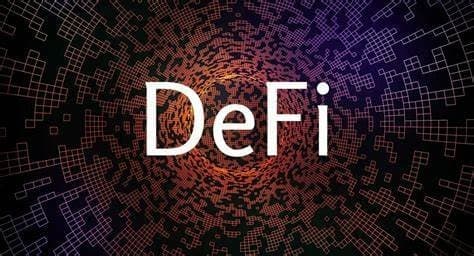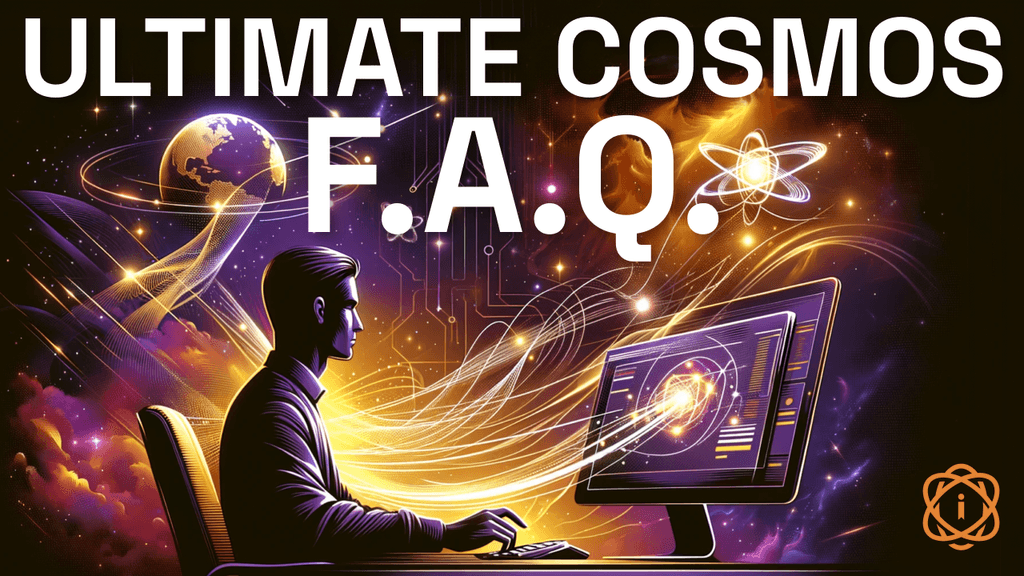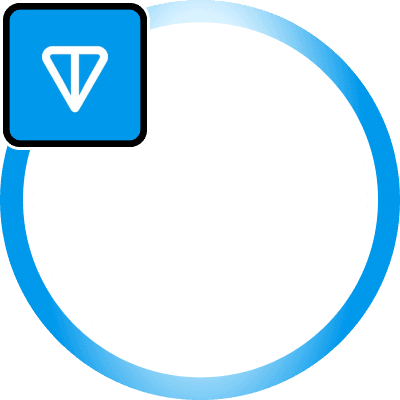qAssets
qAsset Functionality
Quicksilver Protocol issues qAssets as a tokenized representation of the user’s delegated assets. These tokens take the form of the onboarded zone’s native asset prefixed with ‘q,’ such as qAtom or qOsmo. qAssets are liquid, fungible, and transferable via IBC transactions, with their underlying value being the native bonded asset plus any staking rewards earned since minting, minus potential slashing. Consequently, the qAsset’s pricing is expected to increase in value over time as rewards accumulate and risk remains relatively constant.
Quicksilver Protocol Architecture
Quicksilver Blockchain
Quicksilver Protocol is a sovereign Cosmos SDK blockchain, or zone, which incorporates custom modules for Quicksilver-specific functionality. It leverages Interchain Accounts (ICA) and Interchain Queries (ICQ) to scale to any IBC-connected, ICA-enabled blockchain.
Primary Functionality
The primary function of Quicksilver Protocol is to enable users to move delegations on a remote chain, allowing the protocol to control them and issue qAsset tokens in return. Users can redeem their qAssets by burning them and retrieving their original native assets, plus net rewards earned over time.
Interchainstaking Module
The interchainstaking module generates and controls a deposit account and a delegation bucket for each onboarded chain through the Interchain Accounts IBC module. The deposit account receives liquid native assets, while the delegation bucket redeems rewards and restakes them at the end of each epoch.
Rebalancing and Redemption
Quicksilver Protocol allows users to signal their preferred validator for delegation by submitting a MsgSignalIntent transaction on-chain. The protocol periodically calculates the aggregate intent of all qAsset holders and rebalances delegations accordingly. When users request redemption, the qAssets are locked, and an unbonding record for the corresponding native assets is logged. At the end of the unbonding period, the locked assets are burned, and the unbonded native tokens are transferred to the delegator accounts on the native chain.
Key Features
Unrestricted Validator Choice
Quicksilver Protocol emphasizes decentralization by enabling users to delegate to any validator on a native chain when using the protocol. This unrestricted validator choice prevents delegations from concentrating among a small set of validators.
Governance by Proxy
To maintain community involvement in network governance, Quicksilver introduced the Governance by Proxy feature. This feature allows users to retain their voting rights when liquid staking their assets, preventing the concentration of governance power within a few actors.
Participation Rewards
A portion of the QCK token inflation is allocated to Participation Rewards, which distributes QCK tokens to stakers that support smaller, active validators in governance. This mechanism encourages a more even spreading of assets across validators of an onboarded chain, promoting decentralization and reducing vulnerability to attacks and censorship.
Frictionless User Experience
Quicksilver Protocol provides a frictionless user experience by simplifying the liquid staking process. It uses Iqlusion’s Liquidity Staking Module to allow users to transfer their staked delegations directly into the protocol, forgoing unbonding periods. Additionally, rewards are auto-compounded on an epochal basis.
Fee Structure and Distribution
Staking Rewards Fee
Quicksilver Protocol charges a fee of 3.5% on staking rewards, which is deducted when the protocol auto-compounds rewards at the end of each epoch. The fees are collected in the native chain token, such as ATOM or STARS. These fees are then redistributed to QCK stakers, allowing them to earn rewards in the native assets of all onboarded chains.
QCK Token
Adaptive Tokenomics
The QCK token aims to be adaptive, responding to market and ecosystem conditions. Protocol governance plays a significant role in determining the token’s future, with periodic community discussions and proposals guiding its direction.
Token Utility
The Quicksilver native token, QCK, serves multiple purposes, including governance, security, and fee payment. QCK token holders can use their assets to vote on behalf of the protocol, secure the Quicksilver chain by delegating to validators, and pay transaction fees on the network.
Distribution and Inflation
The QCK token distribution is designed to ensure widespread ownership among stakeholders of onboarded chains. Inflation is used to incentivize stakers to secure the Quicksilver chain, support decentralization, encourage protocol adoption, and sustain the Quicksilver community. In the first year, inflation will be 25%, with an expected drop of 25% per year. This rate gives QCK a max supply of 400 million before inflation goes to zero.
Airdrop Module
Over 50% of the QCK Genesis supply is allocated to airdrops. Eligible stakers of onboarded chains will receive airdrops upon the chain’s onboarding. The airdrop module aims to ensure that the Quicksilver protocol is in the hands of its current and future community, spreading QCK tokens across the Cosmos ecosystem.
Cross-Chain Smart Contracts
Quicksilver Protocol plans to enable CosmWasm on its zone in the future, allowing developers to build on the Quicksilver Zone. The team envisions the zone becoming an Interchain DeFi hub by allowing builders to leverage unique features like cross-chain verifications. These verifications will enable developers to create protocols that can interact with assets locked in other DeFi protocols, fostering a new layer of DeFi applications complementary to the existing offerings.
Conclusion
Quicksilver Protocol aims to become the liquid staking standard of the Cosmos ecosystem by providing a decentralized, secure, and community-driven platform for users to stake their assets and participate in network governance. By leveraging innovative tokenization, adaptive tokenomics, and unique features such as Governance by Proxy and Participation Rewards, Quicksilver Protocol enhances the user experience and fosters greater decentralization and security within the Cosmos DeFi landscape.









